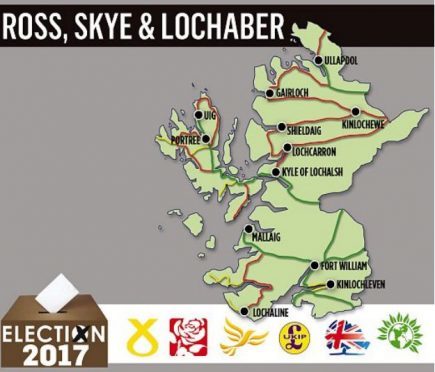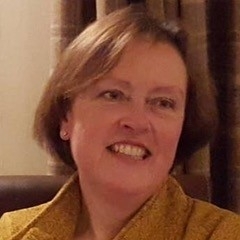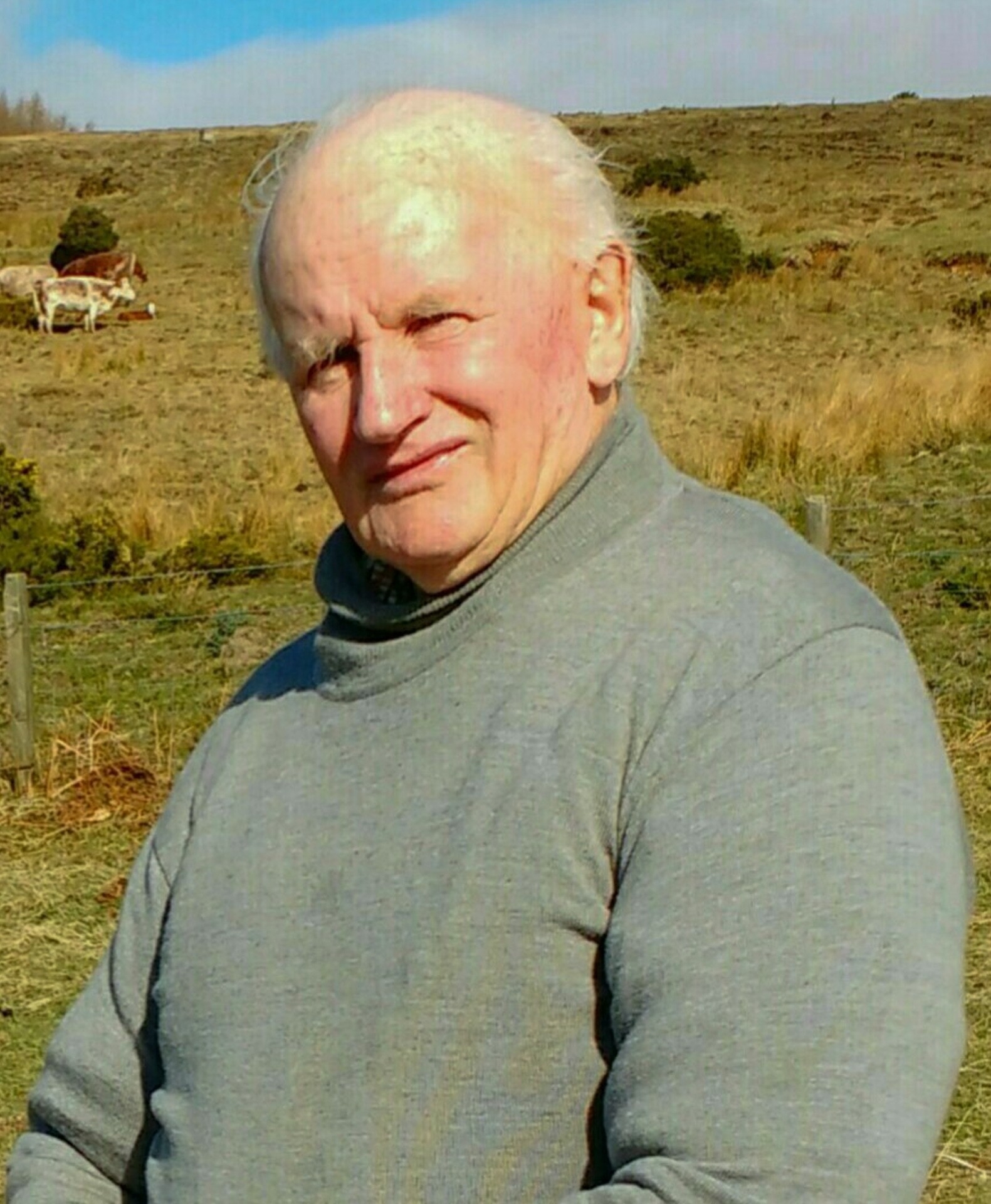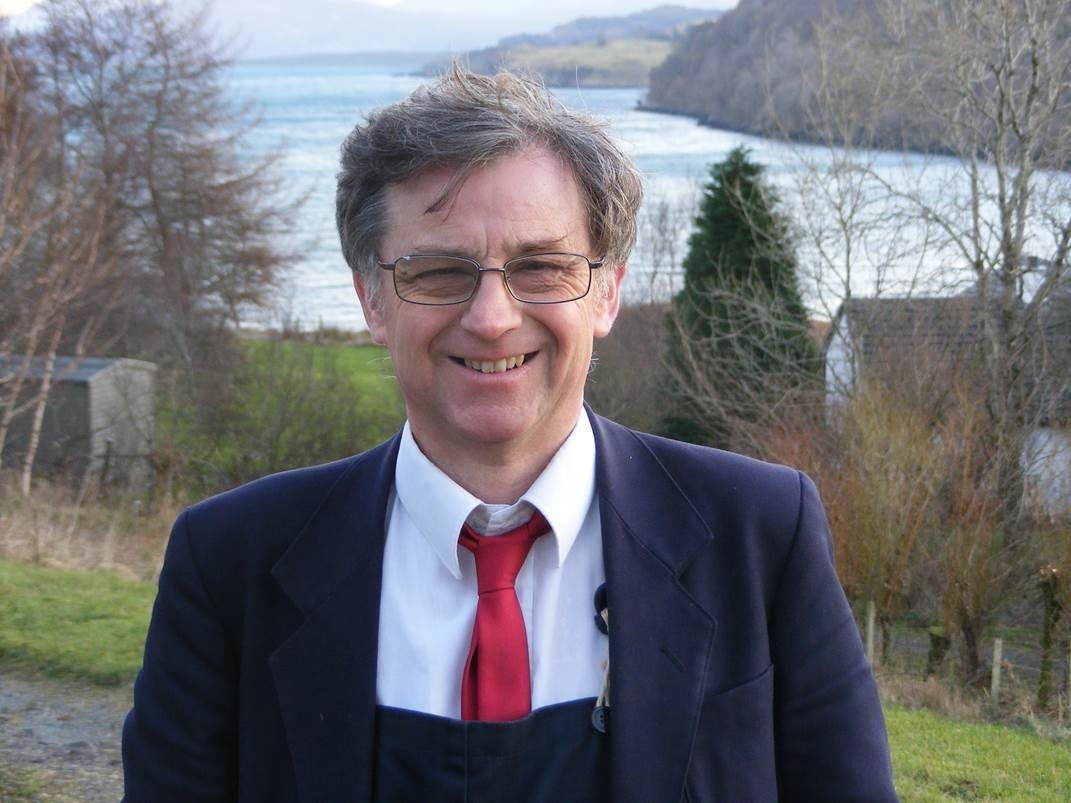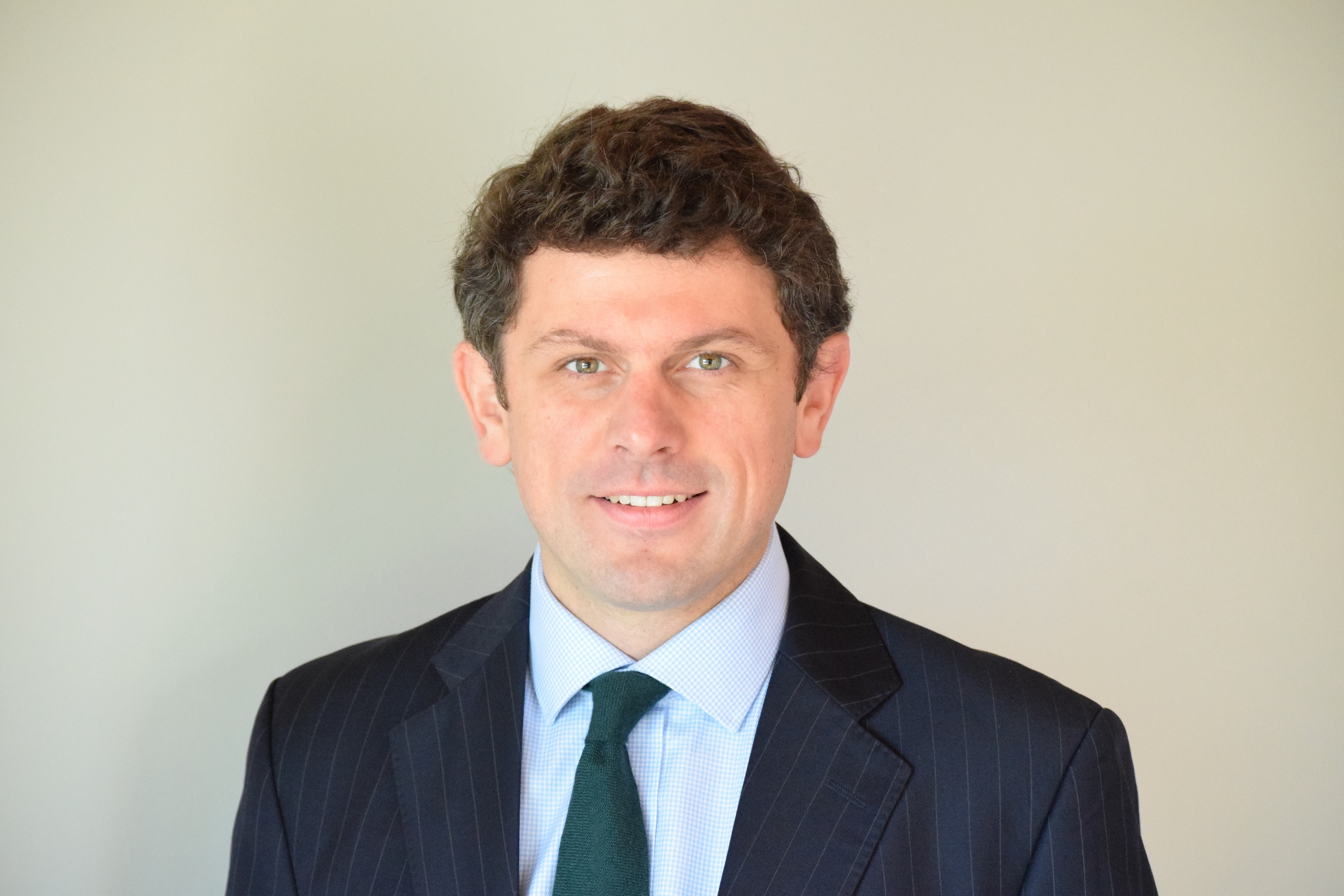The iconic mountains and glens of Ross, Skye and Lochaber were the scene of two of the biggest political shocks of 2015.
The first, on election night, came as one of the most the country’s most prominent MPs, former Liberal Democrat leader Charles Kennedy, lost the seat he had represented for more than three decades.
And the second was the tragic death of Mr Kennedy, aged 55, at his home in Fort William, just three-and-a-half weeks later.
After what was undoubtedly a difficult period for many residents of Britain’s biggest constituency, emotions are sure to be mixed as voters are once again asked to go to the polls.
Two years have passed, however, and there has been much to celebrate in the sprawling constituency, which encompasses almost 4,600 square miles, from the Black Isle villages and Dingwall in the east, to Skye and the Small Isles in the west.
In Fort William, the seat’s biggest town, the seemingly inevitable closure of the Alcan aluminium smelter was averted last November when metals giant Liberty House bought the 1920s-build facility from Rio Tinto for £330million.
One worker described the news that the 170 jobs had been secured as “too good to be true”, but it did not stop there.
The site’s new owners quickly announced plans to build a new automotive parts factory at the site, which would create 300 further direct jobs and 300 supply chain jobs, and produce a quarter of all UK car wheels.
The entire package is potentially worth £1billion and 1,000 jobs and, combined with renewable energy developments in the north, prompted First Minister Nicola Sturgeon to predict this month that the Highlands could soon become the “beating heart” of Scottish manufacturing.
Fort William is not the only part of the constituency to welcome major investment since the last election, with Marine Harvest building an £83million fish food processing plant at Kyleakin on Skye, and the nearby Kishorn fabrication yard receiving its first contracts in 23 years.
Ian Blackford, the SNP candidate who succeeded Mr Kennedy as local MP, has been highlighting these successes on the doorsteps as he seeks re-election.
Many issues remain to be resolved, however, with recent local controversies including a row over downgrading Portree hospital, the slow progress on re-opening Skye airport, the need to upgrade the A82 Inverness to Fort William road, and the “appalling” disrepair at Fortrose Academy on the Black Isle.
Skye-based Mr Blackford was also forced to try to broker a compromise deal amid a dispute over plans to centralise decision-making at Highlands and Islands Enterprise.
Two years ago, Mr Blackford secured a majority of 5,124 over Mr Kennedy as the SNP surge caused a political earthquake across Scotland.
Much has changed since then, of course, with nationwide polls suggesting the Nationalists may not match the scale of support which led to their 2015 landslide, and Mr Kennedy no longer being with us.
Liberal Democrat leaders have spoken during the campaign of their desire to win the seat back in memory of Mr Kennedy, to “continue his legacy”.
The candidate seeking to do that is Muir of Ord-based Jean Davis, a doctor and former councillor for Aird and Loch Ness, who was a member of Mr Kennedy’s team and is a veteran of election campaigning in the north.
She views the battle as a two-way fight between herself and Mr Blackford, and on paper it should be.
But another difference from 2015 is the recent upturn in the fortunes of the Conservatives, who secured the most first preference votes in the Wester Ross, Strathpeffer and Lochalsh ward at this month’s council elections.
Tory candidate Robert Mackenzie therefore believes it is only he who can topple Mr Blackford.
The party will certainly be expecting an improved showing on its performance two years ago, but it still has a mountain to climb as high as the constituency’s Ben Nevis to make up the 17,521 votes it was behind the SNP in 2015.
A rise in Conservative support in the former Lib Dem heartland also raises the prospect of a split in the so-called Unionist-vote, which may well play to the advantage of Mr Blackford.
Equally, any rise in Tory backing, or tactical voting to keep out the SNP, could be bad news for Labour’s Skye-based candidate Peter O’Donnghaile.
Labour finished runner-up in the constituency and its predecessors at the four elections prior to the last one, but was pushed into fourth in 2015 and is expected to face another tough election night across the country next month.
UKIP and the Scottish Greens are not fielding candidates in the seat for the first time since the turn of the century.
But there will be “Something New” in the form of Lewis “Stick” Sturrock, whose party goes by that name and offers an online “open manifesto” which the electorate can shape directly.
And Lochaber-based Independent candidate Ronnie “The Crofter” Campbell is standing for the third election in a row, bringing a focus on land reform and environmental issues.
In full: The candidates
- Ian Blackford, 56, SNP, politician
- Ronnie Campbell, 86, Independent, crofter
- Jean Davis, 62, Liberal Democrat, doctor and former councillor
- Robert Mackenzie, 34, Conservative, farmer and small business owner
- Peter Ó Donnghaile, 57, Labour, crofter and B&B owner
- Lewis Sturrock, 31, Something New, computer science lecturer
2015: Ross, Skye & Lochaber flashback results
- Ian Blackford, SNP: 20,119
- Charles Kennedy, Lib Dem: 14,995
- Lindsay McCallum, Conservative: 2,598
- Chris Conniff, Labour: 2,043
- Anne Thomas, Green: 1,051
- Philip Anderson, UKIP: 814
- Ronnie Campbell, Independent: 191
